
Making Africa
28 May 2015
11 June 2015
Staying in a 17th century building just steps from Piazza Navona and at the same time feeling at home is now possible. Recently inaugurated, the G-Rough in Rome opens its doors to a new concept of hospitality. There are no signboards; there is no lobby and no common areas such as in a “classic” hotel. The idea of Emanuele Garosci and Gabriele Salini (who lived in this building until last year) is to offer a service of extreme luxury, but at the same time intimate and refined.
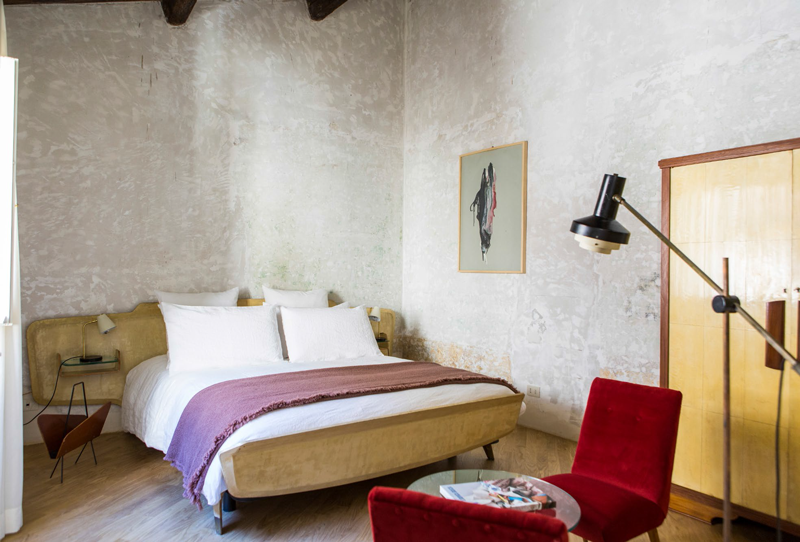
Guests are welcomed to the bar on the ground floor, a specialized wine bar furnished with chairs and tables in fifties style, and from which there is access to the private accommodations. The suites, in different sizes, are arranged on the five floors of the building and, despite the fact that the atmosphere is seemingly somewhat common, with floors of magnificently renovated cement tiles and whitewashed walls creating a ‘lived-in’ effect, they each have a different mood.
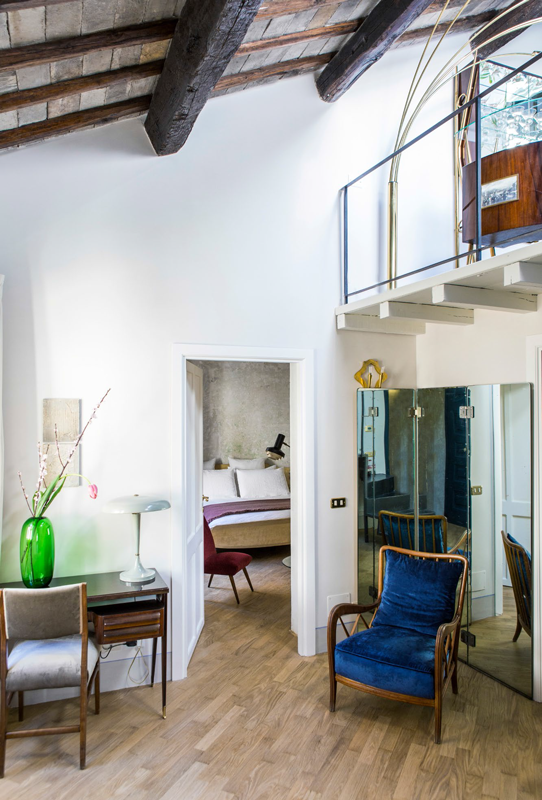
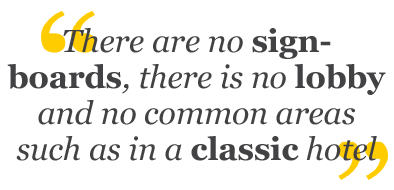
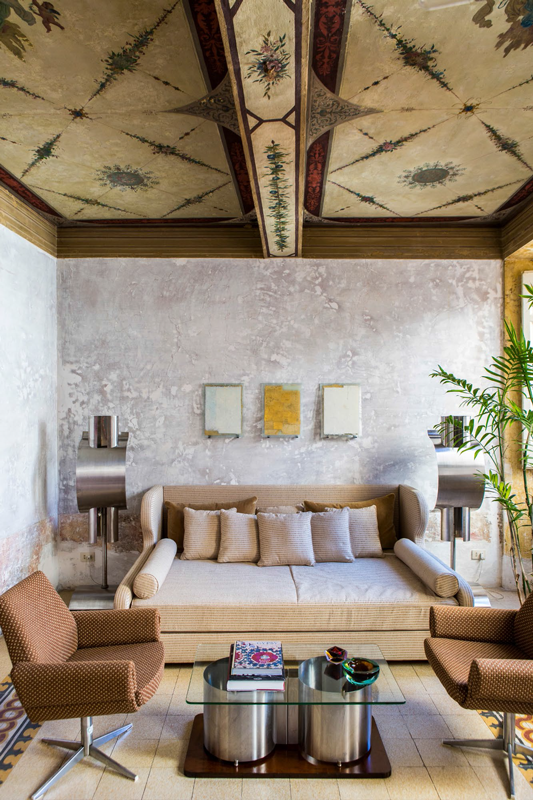
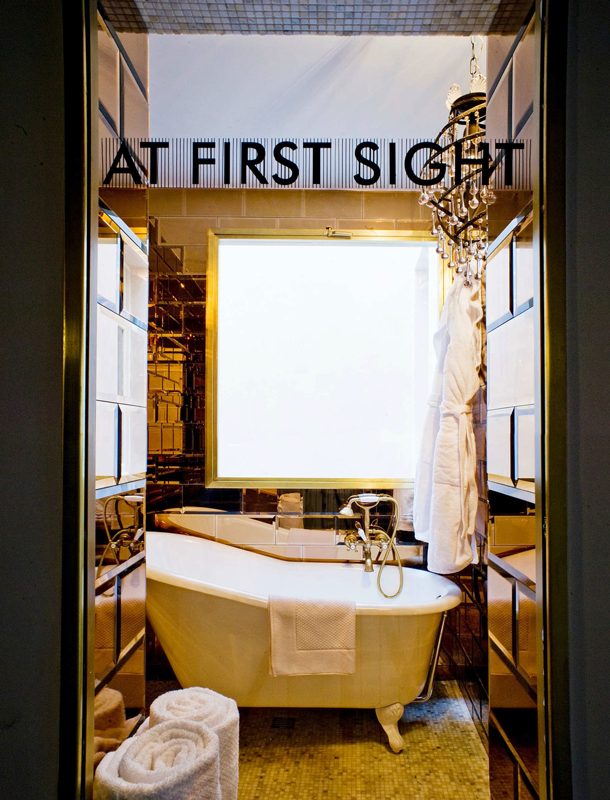
The colour shades are changed from time to time, but especially the furniture and accessories are always inspired by different designers and architects who have made history, such as Gio Ponti, Afra Scarpa, Guglielmo Ulrich. Not only “unconventional luxury suites”, the staff of the G-Rough offers guests even the possibility to take advantage of special services to discover hidden corners (or too often forgotten) of the Eternal City.
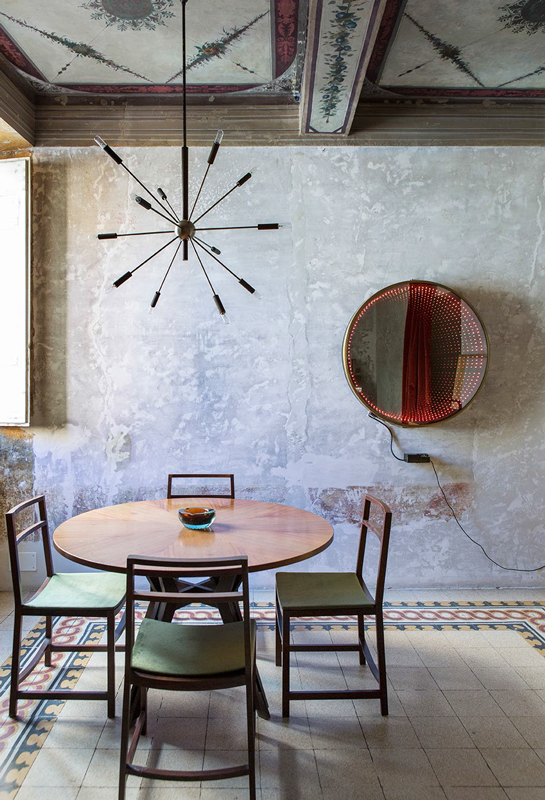
Accompanied by a professional guide expert in art history, for example, customers can visit a Renaissance palace in the city centre, usually closed to the public, or follow a path in the footsteps of Caravaggio, have fun with the little ones in search of the “stone zoo “carved among the streets and squares of the old town or enjoy a gourmet dinner on a terrace with a breathtaking view.
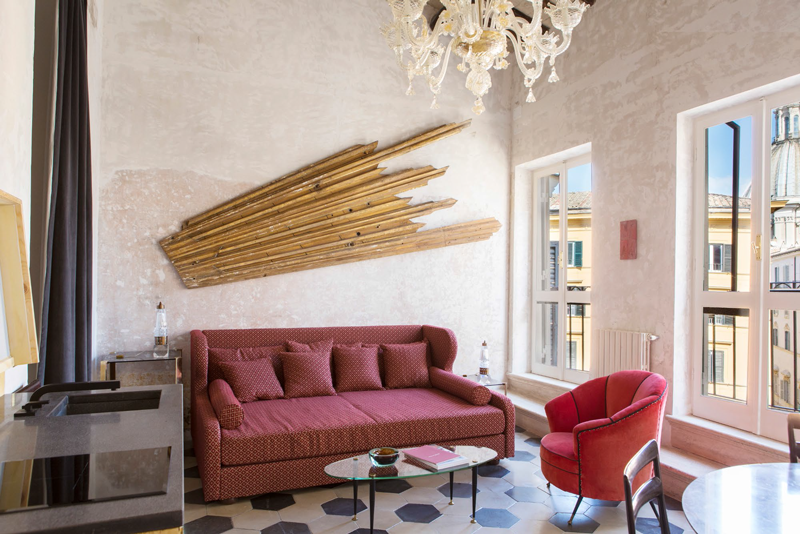
WHERE: Piazza di Pasquino 69, 00186 Roma
Staying in a 17th century building just steps from Piazza Navona and at the same time feeling at home is now possible. Recently inaugurated, the G-Rough in Rome opens its doors to a new concept of hospitality. There are no signboards; there is no lobby and no common areas such as in a “classic” hotel. The idea of Emanuele Garosci and Gabriele Salini (who lived in this building until last year) is to offer a service of extreme luxury, but at the same time intimate and refined.
Guests are welcomed to the bar on the ground floor, a specialized wine bar furnished with chairs and tables in fifties style, and from which there is access to the private accommodations. The suites, in different sizes, are arranged on the five floors of the building and, despite the fact that the atmosphere is seemingly somewhat common, with floors of magnificently renovated cement tiles and whitewashed walls creating a ‘lived-in’ effect, they each have a different mood.
The colour shades are changed from time to time, but especially the furniture and accessories are always inspired by different designers and architects who have made history, such as Gio Ponti, Afra Scarpa, Guglielmo Ulrich. Not only “unconventional luxury suites”, the staff of the G-Rough offers guests even the possibility to take advantage of special services to discover hidden corners (or too often forgotten) of the Eternal City.
Accompanied by a professional guide expert in art history, for example, customers can visit a Renaissance palace in the city centre, usually closed to the public, or follow a path in the footsteps of Caravaggio, have fun with the little ones in search of the “stone zoo “carved among the streets and squares of the old town or enjoy a gourmet dinner on a terrace with a breathtaking view.
WHERE: Piazza di Pasquino 69, 00186 Roma

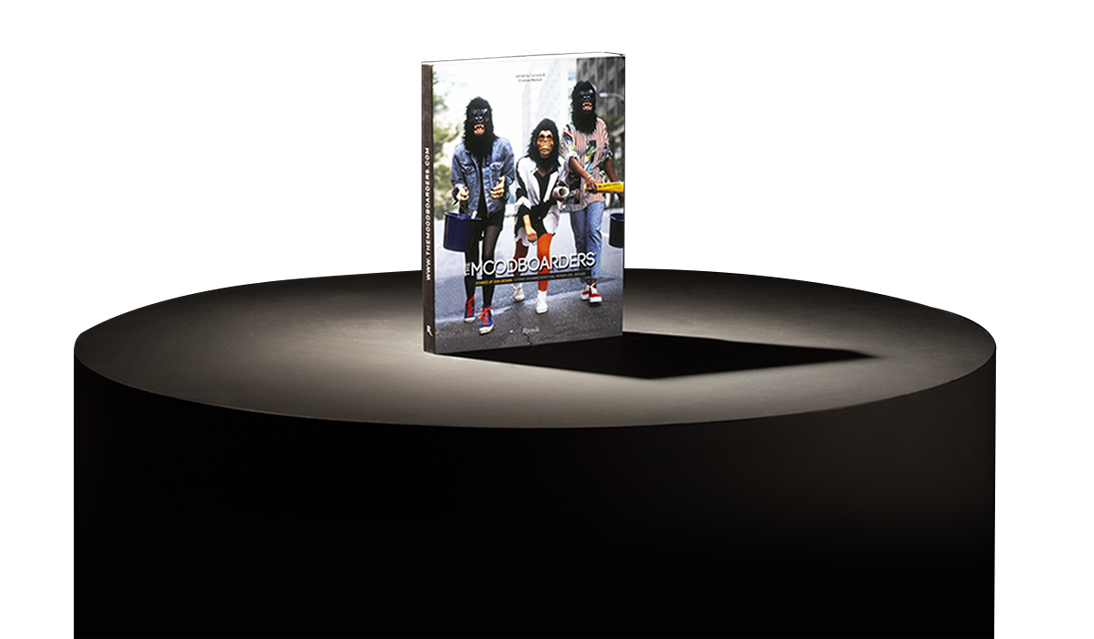

The Moodboarders is a glance into the design world, which, in all of its facets, captures the extraordinary even within the routine. It is a measure of the times. It is an antenna sensitive enough to pick-up on budding trends, emerging talents and neglected aesthetics. Instead of essays, we use brief tales to tune into the rhythm of our world. We travelled for a year without stopping, and seeing as the memory of this journey has not faded, we have chosen to edit a printed copy. We eliminated anything episodic, ephemeral or fading, maintaining a variety of articles that flow, without losing the element of surprise, the events caught taking place, and the creations having just bloomed.